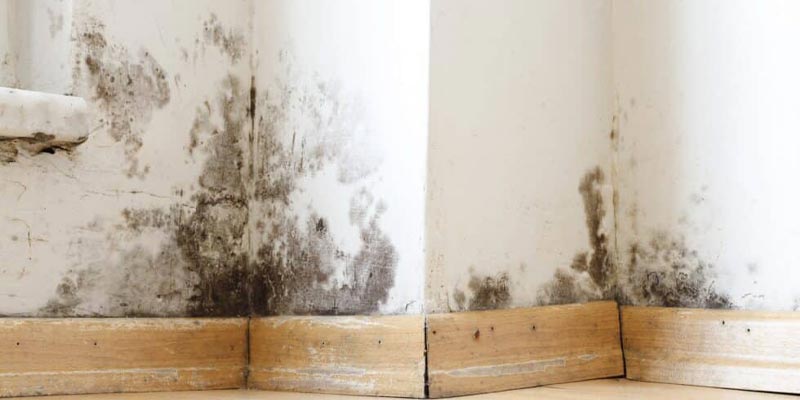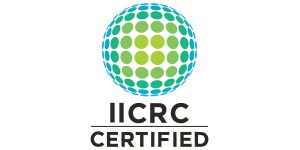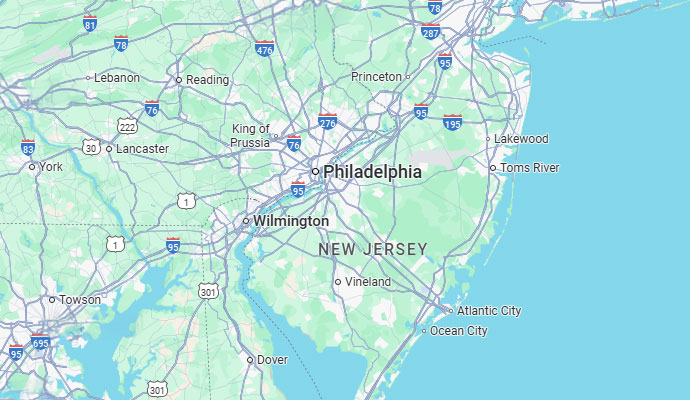
What Types of Mold Grows After Water Enters Your Home Uninvited?
Mold is a common problem that can occur in homes and buildings due to water damage, excess humidity, or poor ventilation. Mold not only looks unsightly, but it can also cause health problems such as allergies, respiratory issues, and other illnesses. There are many different types of mold that can grow in homes, and it’s important to understand the risks associated with each type. In this article, we’ll cover the various types of mold that can grow as a result of water ingress or moisture in a home. Left unchecked, mold can grow inside insulation, drywall, carpet, and other porous areas and a mold infestation can quickly become toxic.
- Alternaria: Alternaria is a common type of mold that can grow in homes. It typically grows in damp areas such as bathrooms, basements, and kitchens. Alternaria can cause allergies and respiratory problems, especially in people with weakened immune systems. It appears as a furry, dark green or brownish-black mold and mold spores can spread quickly.
- Aspergillus: Aspergillus is a type of mold problem that is commonly found in homes with water damage. It can cause allergies, respiratory problems, and infections, especially in people with weakened immune systems. Aspergillus appears as a fuzzy, green, yellow, or brown mold and can grow quickly in warm and humid conditions.
- Cladosporium: Cladosporium is a type of mold that is commonly found in homes with water damage. It can cause allergies, respiratory problems, and infections. Cladosporium appears as a black or greenish-black mold and can grow in damp or humid areas, such as bathrooms, kitchens, and basements.
- Penicillium: Stachybotrys is a type of mold that is commonly referred to as “black mold.” It can cause serious health problems such as respiratory issues, headaches, and other symptoms. Stachybotrys appears as a black or dark green mold and can grow in areas that are continuously damp, such as basements and bathrooms.
- Fusarium: Fusarium is a type of mold that can grow in homes with water damage. Fusarium mold exposure can cause allergies and respiratory problems, especially in people with weakened immune systems and asthma. Fusarium appears as a pink or white mold and can grow in damp or humid areas, such as bathrooms, kitchens, and basements.
- Trichoderma: Trichoderma is a type of mold that can grow in homes with water damage. It can cause allergies and respiratory problems, especially in people with weakened immune systems. Trichoderma appears as a green or white mold and can grow in damp or humid areas, such as bathrooms, kitchens, and basements.
It’s important to note that these are just a few of the many types of mold that can grow in homes. Some molds are harmless, while others can cause serious health problems. If you suspect that you have signs of mold in your home, it’s important to have it tested and properly remediated by a professional.
To prevent mold growth – especially hidden mold and dangerous mold species, it’s essential to address any water damage or moisture issues in your home as soon as possible. Proper ventilation, regular cleaning, and maintenance can also help prevent mold growth inside the walls or other areas in the home that are suseptible to becoming contaminated with mold.
If you suspect that you have mold in your home, don’t hesitate to contact a professional mold remediation company. They have the expertise and equipment necessary to test for mold and properly remediate it, ensuring the safety and health of your home and its occupants. Its also highly recommended to ensure your HVAC system including ducts and vents are regularly cleaned and sanitized to eliminate mold, and especially black mold.
Mold can cause a variety of health issues, including respiratory problems, headaches, and allergies. If you notice a musty smell, visible mold growth, or water damage in your home, you may have a mold problem. It’s important to address mold issues quickly to prevent further damage and potential health risks.
Professional mold remediation companies will conduct a thorough inspection of your home to identify any mold growth and determine the extent of the problem. They will also use advanced equipment, such as specialized cleaners, air scrubbers, and dehumidifiers, to remove the mold and prevent it from returning.
In addition to professional remediation, it’s important to practice good mold prevention habits. Keep your home dry and well-ventilated, fix any leaks or water damage immediately, and clean and sanitize your HVAC system regularly.
Conclusion
In conclusion, mold growth can be a serious problem and should never be ignored – you’ll want to call a professional like Restoration Specialists right away to prevent health effects which in some cases can be fatal if not abated.
For more information on the various types of mold you may encounter, please continue reading:
- Centers for Disease Control and Prevention (CDC) – Mold
- Environmental Protection Agency (EPA) – Mold
- American Industrial Hygiene Association (AIHA) – Mold
- National Institute of Environmental Health Sciences (NIEHS) – Mold
- Institute of Inspection, Cleaning and Restoration Certification (IICRC) – Mold




